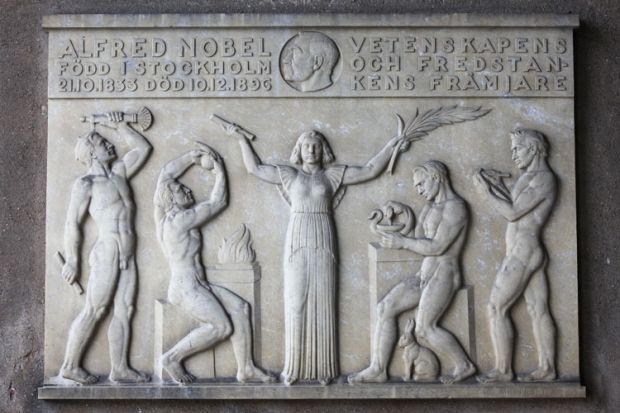The 2018 Nobel Prize in Physics has been awarded to a woman for the first time in more than half a century.
Donna Strickland, associate professor of physics and astronomy at the University of Waterloo, has been acknowledged for her contributions towards “groundbreaking inventions in the field of laser physics”.
She is only the third female scientist to be honoured, alongside Marie Curie, who won the physics prize in 1903, and Maria Goeppoert-Mayer, who won it in 1963.
Professor Strickland told the audience about the need “to celebrate women physicists”. “We’re out there, and hopefully in time it’ll start to move forward at a faster rate. I’m honoured to be one of those women,” she added.
Her comments come in the wake of a public row about the role of women in physics involving a senior scientist at Cern. At an event organised by the European research centre last week, Alessandro Strumia, a professor from Pisa University working with Cern, said that “physics was invented and built by men, it’s not by invitation”. Cern representatives have since condemned Professor Strumia's speech as “highly offensive”.
Dr Strickland shares the award with her research partner Gérard Mourou, professor emeritus at the University of Michigan, and Arthur Ashkin, formerly of Bell Laboratories, who has broken the record for the oldest person to win a Nobel prize at the age of 96.
Dr Ashkin is recognised for his invention of “optical tweezers”, which can be used to extract particles, atoms, viruses and other living cells from complex biological systems. The invention works by using radiation pressure to trap and manipulate particles without damaging them.
Making their announcement from a prize ceremony in Stockholm, the Nobel committee said the invention had “opened up a new window” for science. “His groundbreaking invention was before its time,” they added. “Its potential would be explored with subsequent improvements to the supporting technologies for optical tweezers, as well as the development of a surrounding array of methods that might be used in tandem with them.”
Dr Strickland and Dr Mourou are recognised for their discovery of a new way of generating short but high-intensity laser pulses, which can be used within a range of practical applications such as laser eye surgery.
A previous invention – awarded the Nobel Prize in 1999 – was said to match the timescale for atomic motion in molecules, enabling scientists to study transition states in chemical reactions in real time. By contorting these pre-existing laser patterns, however, Dr Strickland and Dr Mourou were able to amplify each laser pulse without damaging it.
“The invention…of the chirped pulse amplification (CPA) technique has opened many avenues for researchers both in basic and applied science, resulting in beneficial applications,” the committee said. “Expanding the frontiers of CPA is an ongoing endeavour.”
Laureates win SKr 9 million (£775,000), with one half going to Dr Ashkin and the other half shared between Dr Strickland and Dr Mourou.
Register to continue
Why register?
- Registration is free and only takes a moment
- Once registered, you can read 3 articles a month
- Sign up for our newsletter
Subscribe
Or subscribe for unlimited access to:
- Unlimited access to news, views, insights & reviews
- Digital editions
- Digital access to THE’s university and college rankings analysis
Already registered or a current subscriber? Login








